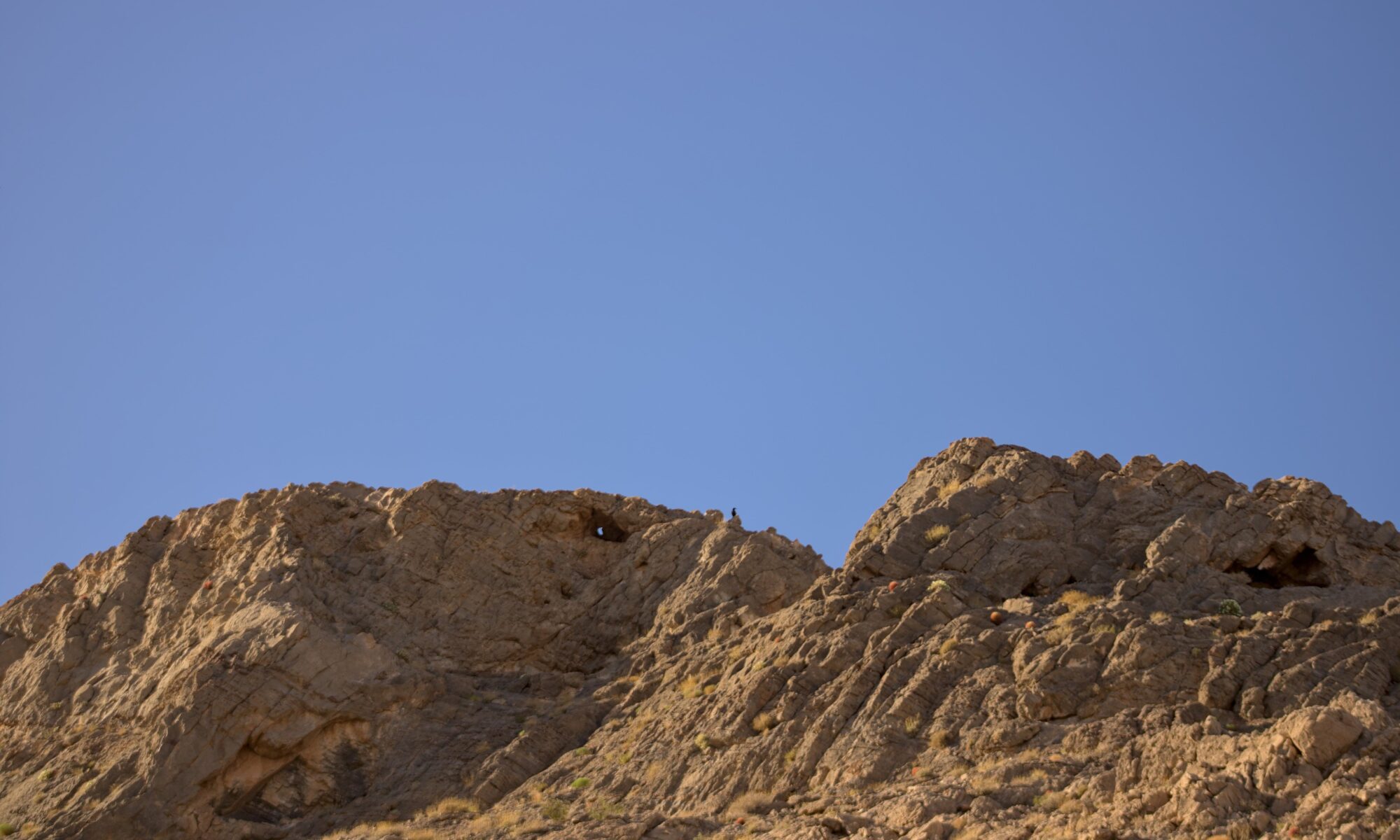In Northwestern Las Vegas, there is a neighborhood named after a mountain. It’s an upper-middle-class affair with a fair amount of green space, chief among which is Lone Mountain Park, sitting at the foot of the titular mountain.
Of course, it may not actually be a mountain. With a summit only 560 feet around the surrounding neighborhood, it may not qualify according to some strict definitions.
Whether it technically qualifies for the moniker or not, Lone Mountain is an excellent place to take a good walk and see some nature. It’s quickly become my family’s favorite regular haunt.
To be fair, the nature on offer is fairly limited. Many don’t appreciate the unique flora, fauna, and geology of this arid desert as I do, and even then Lone Mountain is still too close to a heavily-settled region and a frequently-walked trail to be properly wild. There are cottontails, squirrels, a smattering of seasonal and regular bird inhabitants, a few kinds of lizard, perhaps a snake or two, and certainly some inhabitants I’ve failed to mention. You’re not likely to see anything terribly rare, but it certainly qualifies as a decent nature walk.
If you’re there for the exercise, Lone Mountain is as good a site as you could ask for. A mild, short trail with minimal elevation gain encircles the base of the mountain, and several routes to the summit are available ranging from relatively easy to scaling small cliffs. For a slightly better exercise routine and a small amount of distance from the casual park-goers (who nearly always stroll the main trail in fair numbers) a number of smaller trails encircle the mountain with a much tighter radius. These trails have a fair degree of elevation change, by comparison to the outer ring, and offer much better views of the native wildlife.
There are also a number of caves on site, which I personally have not spent enough time in to speak of here, but which others review highly.
I must also speak of this place from the perspective of a photographer. While Lone Mountain is frequently more crowded than is my preference, the crowds tend to stay on the outer trail, which offers the easiest walking conditions. This means that as long as you shoot inwards, toward the mountain, you seldom have to worry about people in your wildlife photos. Shooting toward the mountain also conveniently puts much of the flora and fauna at eye level, meaning less awkward crouching, kneeling, and stooping to get a good angle. Conversely, if you want people in your photos, just shoot outward – or turn your lens to the summit where folks can frequently be seen peering downward forming nice photogenic silhouettes.
Whether you’re there to take photos or just see something cool, I feel obligated to remind everyone reading this that this is a desert. It gets very hot here in summer and winter nights, while seldom being humid enough to snow, can still be biting cold. Dehydration, heat stroke, and other exposure-related illnesses and injuries are much more likely in this environment. Do your research and be prepared. The outer trail is easy, and there is a park at the base of the mountain with restrooms and water, but it remains possible to do yourself real harm here.
In summation, Lone Mountain may not be a truly wild place – you can’t camp there (to my knowledge), fauna species are few and sparse, and you’ll seldom be able to escape the view of at least a dozen human beings at any given time – but when you live in these asphalt jungles, Lone Mountain still represents quite an improvement over pigeons and tourists, and may be one of the wildest spaces you can easily reach on a regular basis.

